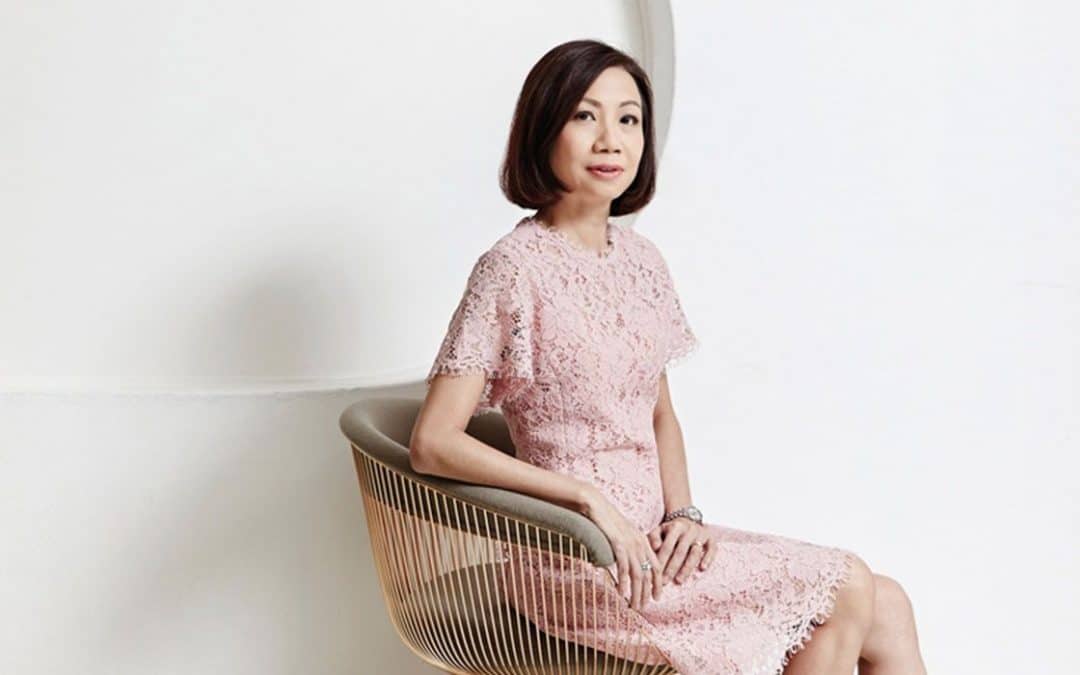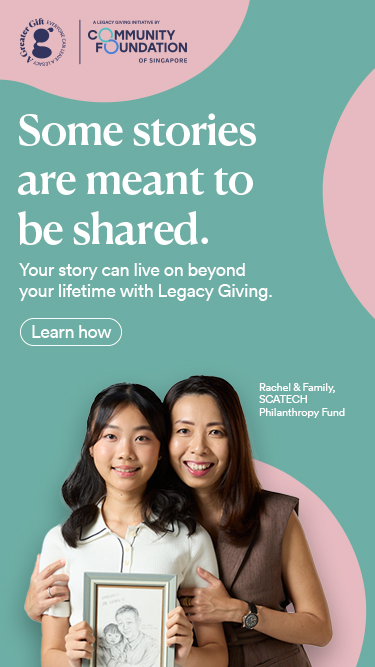The Peak Singapore: How responsible businesses can make their philanthropic dollars travel further


While more companies are heeding the call to give back to the community, selecting a worthy cause and monitoring the use of donations may be a complex task. That’s where the Community Foundation of Singapore (CFS) comes in. It helps corporations develop a long-term philanthropy strategy, find suitable charity partners, and track the outcome of donations.
“We help donors go beyond what they can do on their own, and identify charity partners who can provide accountability,” says Catherine Loh, CEO of CFS.
One way of creating greater impact is to look at fresh ways of addressing community needs, suggests Loh. Take UBS’ Diversity in Abilities arts education programme, which aims to develop the talents of children and youth with special needs. After attending the programme, participants are able to concentrate better and have an overall improvement in the pace of learning. Such potentially beneficial initiatives can be made possible only by corporations that have a higher appetite for risk and are willing to support them, says Loh.
In terms of managing charitable dollars, both donor and recipient must agree on how the money will be used, the duration of the funding and the kind/depth of reporting required, Loh says. More importantly, she adds, companies should adopt the mindset of a partner and view philanthropy as a “learning journey”.
“Just like any business project, things can go wrong. Sometimes, it could be a misreading of community needs, or there could be physical or manpower constraints faced by the charity. We hope to take corporates on a philanthropic journey, to help them gain insight into what it takes to make a meaningful change.” Read more.
While more companies are heeding the call to give back to the community, selecting a worthy cause and monitoring the use of donations may be a complex task. That’s where the Community Foundation of Singapore (CFS) comes in. It helps corporations develop a long-term philanthropy strategy, find suitable charity partners, and track the outcome of donations.
“We help donors go beyond what they can do on their own, and identify charity partners who can provide accountability,” says Catherine Loh, CEO of CFS.
One way of creating greater impact is to look at fresh ways of addressing community needs, suggests Loh. Take UBS’ Diversity in Abilities arts education programme, which aims to develop the talents of children and youth with special needs. After attending the programme, participants are able to concentrate better and have an overall improvement in the pace of learning. Such potentially beneficial initiatives can be made possible only by corporations that have a higher appetite for risk and are willing to support them, says Loh.
In terms of managing charitable dollars, both donor and recipient must agree on how the money will be used, the duration of the funding and the kind/depth of reporting required, Loh says. More importantly, she adds, companies should adopt the mindset of a partner and view philanthropy as a “learning journey”.
“Just like any business project, things can go wrong. Sometimes, it could be a misreading of community needs, or there could be physical or manpower constraints faced by the charity. We hope to take corporates on a philanthropic journey, to help them gain insight into what it takes to make a meaningful change.” Read more.
- Related Topics For You: ARTS & HERITAGE, CHARITY STORIES, CHILDREN, DONOR STORIES, EDUCATION, INCLUSIVITY & INTEGRATION, NEWS, PERSONS WITH DISABILITIES, STORIES OF IMPACT, YOUTH

.jpg)

